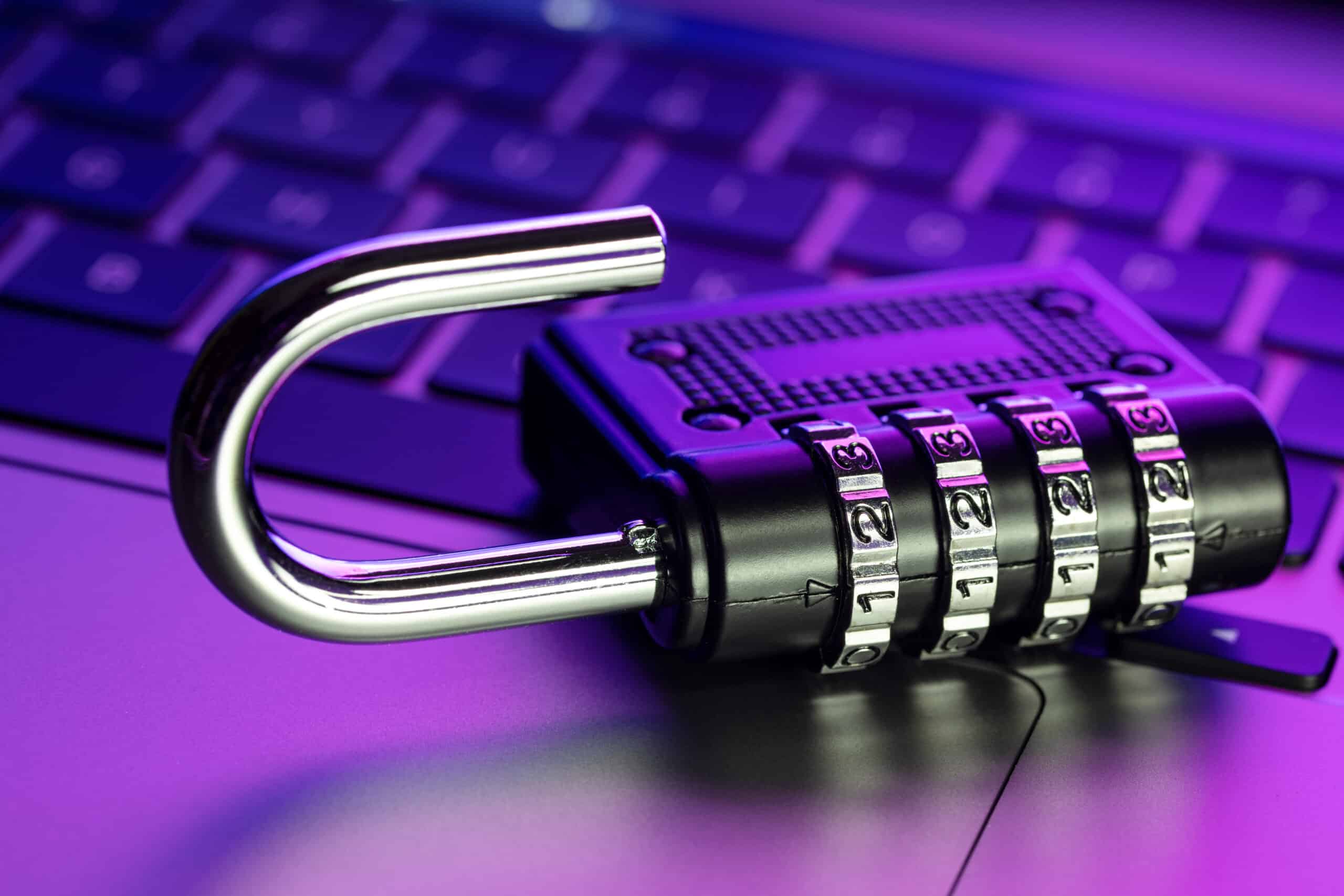IT security management is a critical aspect of modern business operations. With the increasing reliance on technology for everything from communication to data storage, it’s more important than ever to ensure that your company’s sensitive information is protected from threats both internal and external. In this article, we’ll go over everything you need to know about IT security management, from the basics to the latest advancements.
What is IT Security Management?
IT security management is the process of creating, implementing, and maintaining a set of policies, procedures, and technologies that help protect a company’s digital assets from cyber threats. It involves a combination of technical solutions, such as firewalls and antivirus software, and human processes, such as employee training and incident response planning.
Why is IT Security Management Important?
In today’s world, companies of all sizes face a growing number of threats to their digital assets. Hackers and cybercriminals are constantly looking for new ways to gain access to sensitive information, and the rise of cloud computing and the Internet of Things (IoT) has made it easier than ever for them to succeed. IT security management helps ensure that your company’s information is protected, reducing the risk of data breaches, intellectual property theft, and other costly consequences.
Key Components of IT Security Management
There are several key components that make up a comprehensive IT security management program. These include:
Access control: This involves setting up procedures for controlling who can access your company’s digital assets, and under what circumstances. This may include requiring employees to use strong passwords, implementing two-factor authentication, and limiting access to sensitive information to only those who need it.
Incident response planning: In the event of a security breach, it’s important to have a plan in place for how to respond. This may include identifying the source of the breach, containing the damage, and restoring normal operations as quickly as possible.
Employee training: Your employees are the first line of defense against cyber threats, and it’s important that they understand how to recognize and report potential security incidents. Regular training can help ensure that everyone on your team is aware of the latest threats and best practices for protecting company data.
Technical solutions: Finally, IT security management also involves implementing a variety of technical solutions, such as firewalls, antivirus software, and intrusion detection systems, to help protect your company’s digital assets from cyber attacks.
The Latest Advances in IT Security Management
The field of IT security management is constantly evolving, with new technologies and best practices emerging all the time. Some of the latest advances in this area include:
Artificial intelligence and machine learning: These technologies are being used to detect and respond to security threats in real-time, allowing companies to stay ahead of the curve when it comes to protecting their digital assets.
Blockchain: This decentralized ledger technology is being used to create secure, tamper-proof records of transactions, making it a valuable tool for protecting sensitive information.
Quantum cryptography: With the advent of quantum computing, traditional cryptography is becoming less secure. Quantum cryptography, on the other hand, offers unbreakable encryption, making it an important tool for protecting sensitive information in the years to come.
Conclusion
IT security management is a critical aspect of modern business operations, and it’s essential for companies of all sizes to take it seriously. From access control to employee training to the latest advances in technology, there are many different components that make up a comprehensive IT security management program. By staying up-to-date with the latest developments in this field, companies can ensure that their digital assets are protected.



